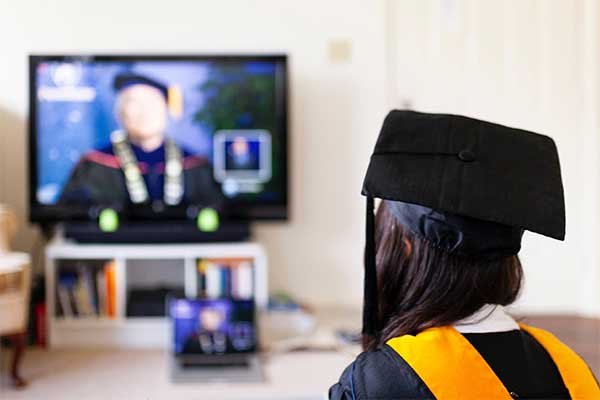Getting Technical Help Policies We have all experienced the frustrations of having technical difficulties with computers that we could not resolve without assistance. For e-learning students, this kind of frustration is often compounded, especially when they are working under the pressure of assignment deadlines. As a consequence, it is imperative that you have a policy explaining how a student can receive help for technical difficulties. Your institution might well have published guidelines about how students can receive help on technical issues with course sites, as well as with computers in laboratories. If so, post these guidelines—or a link to them if they reside online—in the technical help policy document on your course site. In addition, your technical help policy should specify what kinds of problems students should not expect to get help with. Computers that students use off campus are typically their own responsibility, and this should be clearly established in the technical help policy. Some institutions are establishing technical help desks. An example is Rio Salado College, which serves adult learners. Such students often cite a lack of timely support as a reason for abandoning their studies. The Rio Salado help desk, staffed by non-instructional personnel, assists students in resolving technical problems. In addition, the college has established an innovative Beep-a-Tutor program available 24 hours a day, 7 days a week. Students who leave a telephone request for help will receive a response within one hour. The tutors who supply responses are alerted by means of beepers, making it unnecessary for them to stay close to a telephone or a computer in case a request for help arrives.3 If your institution has not established a technology help desk, consider establishing a personal help desk for your course. It can be managed by student assistants or teaching assistants who are available at designated times to talk with students by phone, by e-mail, or in chat sessions. Another alternative for courses where students meet face to face is to use student leaders with advanced technical skills to help less technical students. You would then specify how a student requiring help can make contact with a student leader. You, or your assistants, would stay in close touch with student leaders to coordinate technology issues and find solutions for difficulties that the student leaders cannot resolve. Student leaders can be compensated with extra credit on their grades, as appropriate, or paid a modest salary if funds are available.





